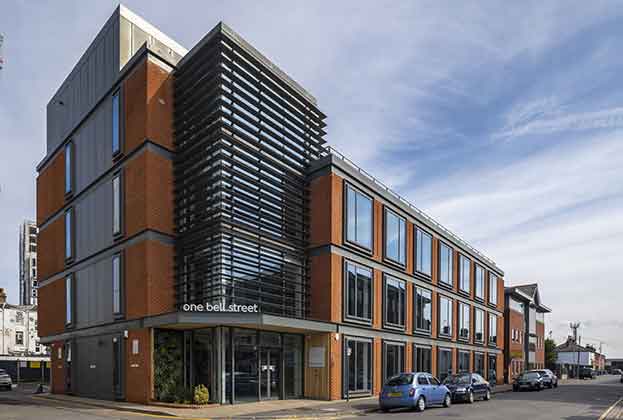The fact that many western countries are some of the fasting ‘ageing’ in the world isn’t news: for decades the trend towards increasing proportions of the population falling into the 65+ category in nations such as the UK, Germany, Japan and the US, has been well noted. Meanwhile, at the other end of the scale, many African nations are seeing increases in their youthful populations. But what hasn’t been explored in so much detail is how demographics vary within countries – inside otherwise ageing countries there are cities that are bucking the trend and can be termed youthful, and vice versa. 54 per cent of Dubai’s population, for instance, will be aged between 15 and 34 by 2033, contrary to much to the Middle East more broadly which is beginning to age. Likewise, almost a third of the population of Bristol will fall into the same age bracket in a decade’s time, the opposite of many other areas in the UK which are set to age. Elsewhere, while Japan has become known as one of the world’s ‘oldest countries’, the population of Tokyo continues to rise and skew towards younger demographics, while surrounding populations grow more elderly and numbers decline.
This presents interesting challenges for the real estate industry: in some cities and regions around the world you need to deliver buildings and services that serve, and are desirable to, all age groups, as they will be used by both the old/young population of that city and the sometimes contrasting old/young wider population beyond too. In some sectors the needs of both age groups come full circle. Take, for example, housing needs: larger, older populations tend to mean more single-person households, creating demand for smaller homes – demand that is also present among younger age groups as the trend towards households getting married and having children later become further embedded. While the end housing product may vary in terms of detailed fit-out and management, with homes for the elderly possibly having an element of care incorporated, the core product required will be remarkably similar for both.
The office too is another place where all ages come together: while working from home tends to be favoured by older workers, with younger employees keener to take advantage of the networking, learning and social aspects of being in the office, any hybrid working model necessitates having a flexible office space which suits all generations when they do come together. This is especially important in ageing societies with shrinking workforces where a supportive space combined with flexible working can help keep older people in employment.
These are just a couple of examples of how constant demographic shifts will continue to affect real estate. As ever, it is the purpose of property to respond to these changing – and sometimes contradictory – trends in a way that satisfies our basic human needs for shelter, comfort and functionality.





.jpg)

.jpg)
.jpg)

(1).jpg)